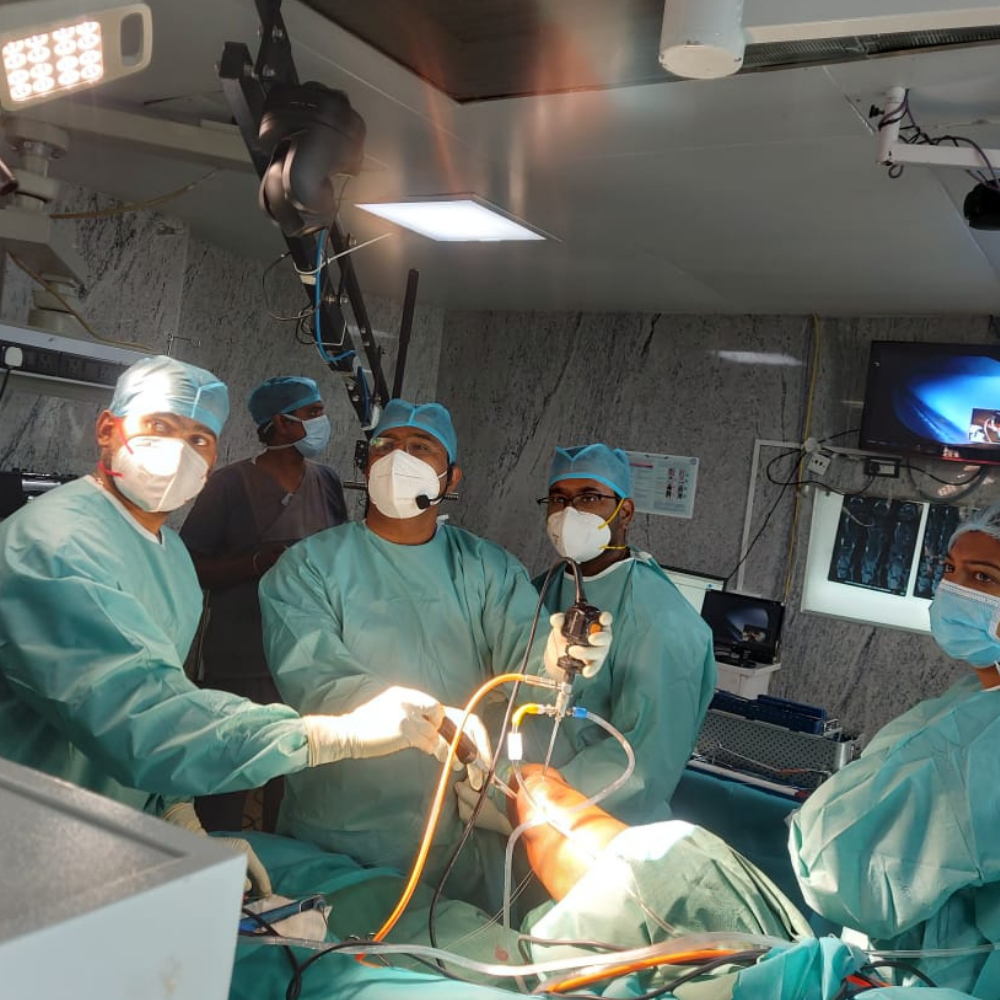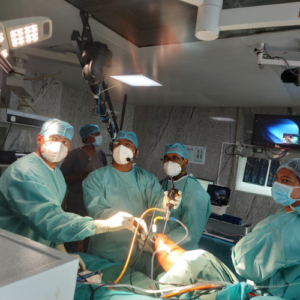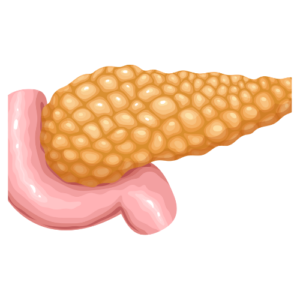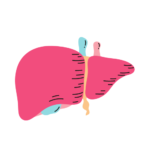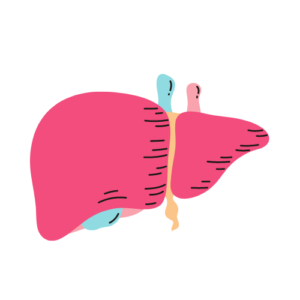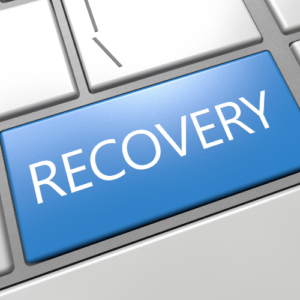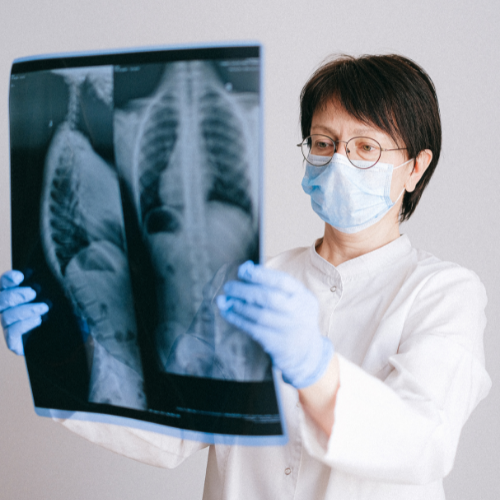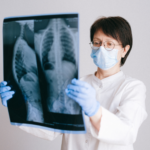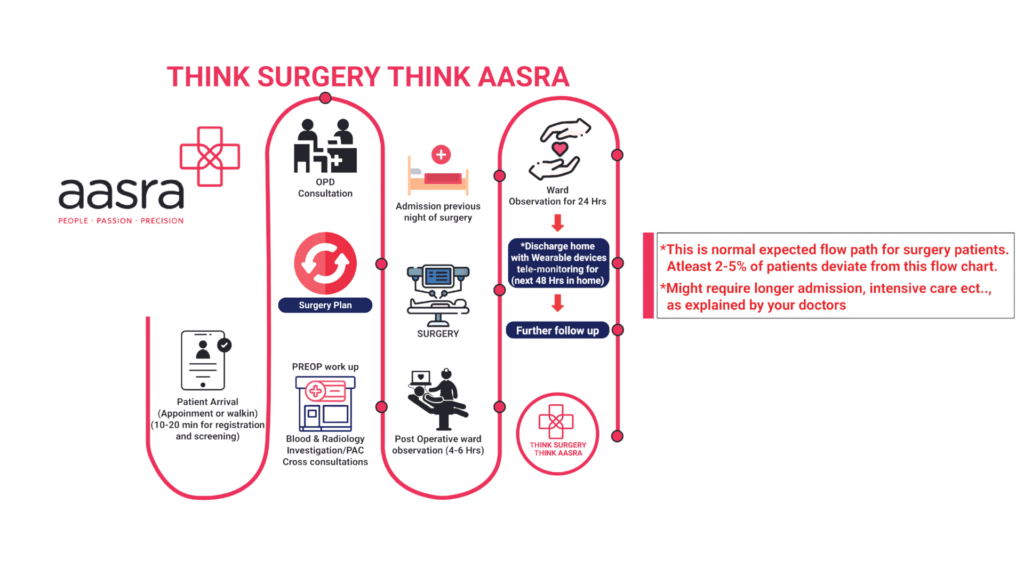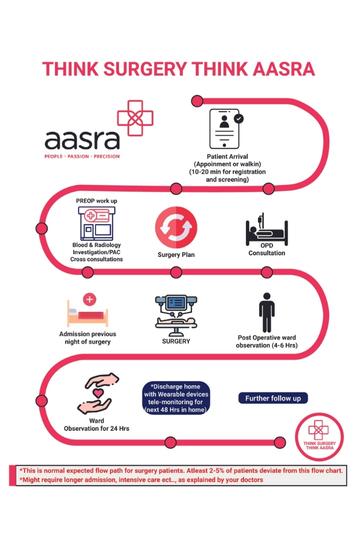Patients with Gall bladder stones who are symptomatic for it.
Patients with gall bladder polyps (large size or increasing in size)
Asymptomatic gall stones but high risk of complications – Diabetic patients, Large solitary stones.
No. Unfortunately there are no medicines which can effectively dissolve Gallstones. Also, small stones are more likely to be pushed into the bile ducts and may result in Jaundice or Pancreatitis.
Surgery is performed through small key holes.
High precision – 3 D clarity with wrist action instruments makes this procedure very safe for the patients.
Discharge on the same day is possible
Minimal cuts results in minimal pain.
NO! The surgery is performed by the surgeon sitting at a console next to the patient. The robot has no independent function and is fully controlled by the primary surgeon . That is, it will not do anything which a surgeon does not want it to. So you are absolutely safe. You don’t have to trust the robot. Just trust your surgeon to do the best job for you.
Yes. We offer our patients the option of Laparoscopic vs Robot assisted surgery. We are equipped with the latest 4K Laparoscopic system from Stryker to perform Laparoscopic cholecystectomy.
Biliary colic – Pain due to Gall bladder stones.
Acute infections – Acute Cholecystitis , Empyema Gall bladder, Gall bladder perforation ( Rare) – Infections are generally more severe in men and in patients with co-morbidities such as Diabetes Mellitus .
Chronic infection – Chronic Cholecystitis
Gall Stone Pancreatitis : Small Gall stones can sometimes slip into the bile duct and result in jaundice – bile duct obstruction and/or Pancreatitis.
Gall bladder cancer – Large solitary Gall stones can cause Gall bladder cancers.
Pain abdomen – Usually right upper abdomen or even in the midline.
Pain may be colicky or may come in spasms , may increase after meals. Fever may or may not be present.
Recurrent vomiting , pain radiating to the back.
Yellowish discoloration of eyes or Urine. Distension of abdomen.
After thorough clinical examination , we will ask for a few bleed tests followed by scans (USG abdomen is the most common basic scan). We may need special scans – MRCP/ CECT abdomen depending on the results of your blood work-up.
Once we have all the necessary reports the further procedure will be explained and treatment undertaken as required.
Slipped Gall stones causing jaundice and /or pancreatitis requires an endoscopic procedure called ERCP – to release the stone following which a Robot Assisted / Laparoscopic Gall bladder removal is done.

